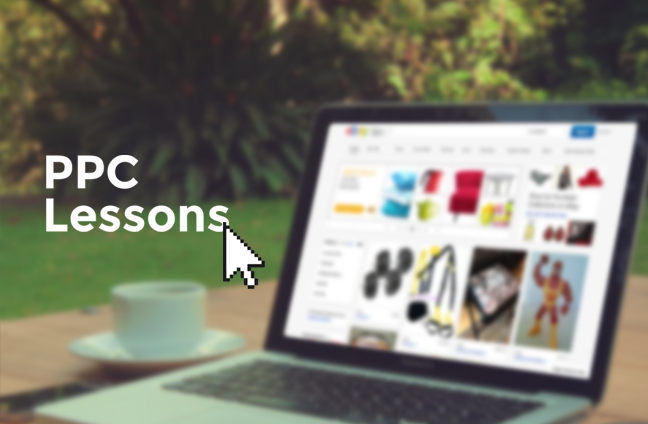When you track conversions in AdWords, you can measure and improve ROI. See which ads and keywords are producing the most conversions for the least money by tracking your cost per action (CPA). Eliminate ads/campaigns with high CPA and increase spend on those with low CPA. That will improve your ROI.
The goal of any PPC campaign is to drive conversions. Whether you’re a retailer looking to convert a web visitor to a sale, an association working to push ebook downloads, or a media outlet getting newsletter sign-ups, the conversion is what you’re after.
These touchpoints are the key components of how you’re going to measure the success of your PPC campaign. Without the data to prove that your ads are driving web visits and conversions, you’re wasting your time and money.
With Google AdWords’ Conversion Tracking, you can track and improve your return on investment (ROI) as it relates to your PPC campaigns. The data this resource provides can give you valuable insight on what ads and campaigns are producing the most conversions, for the least amount of money. Armed with this information, you can then make strategic decisions on how to dedicate your resources moving forward and ultimately increase your ROI.
Tracking Results
Before you can begin tracking results, ensure that you’ve determined what conversion point you’re going to track and that the conversion tracking code is set up on your website. If you need help with this process, you can read about conversion tracking in AdWords here.
Once you’ve taken the initial steps to configure conversion tracking in Google AdWords, you can access this data in your AdWords campaign dashboard.
Converted Clicks
First, check out the Converted Clicks column to see whether people are converting on your site. This number will correlate with the total unique leads from AdWords.
In the screenshot below, you can see that the campaigns as a whole drove 79 Converted Clicks. In addition, the Search – General campaign drove the most clicks out of all the campaigns.
Your first instinct, in order to improve ROI, is to adjust the ad spend to dedicate more resources on the campaign driving the most clicks. However, take a look at the Cost/Converted Click, which is a column to the right of Converted Clicks.
You can see that the Search – General campaign, while driving the most clicks, also shows the highest Cost/Converted Click (meaning it’s the most expensive). There may be good reasons to increase spending on the Search – General campaign, but when working to improve ROI the high Cost/Converted Click for this campaign indicates you should be more strategic and consider shifting some of this spending to other campaigns.
In the same example above, we see that the Gmail Sponsored campaign shows a low cost of just $12 per converted click, indicating that there is opportunity to expand this campaign and convert more visitors at a lower cost. We also see the Brand campaign showing the lowest Cost/Converted Click, at around $7, proving the value of keeping a campaign active for branded terms.
With this information in mind, it is clear that shifting spending from the Search – General campaign to these other campaigns may improve ROI. However, because the Search – General campaign is effective, we should also look at why it is working and apply its best practices to these less expensive ads. Perhaps the call to action or ad content can be updated, or the target audience can be adjusted.
By finding what’s working for a high-converting ad, you can improve your other campaigns and that will also drive a better overall ROI.
Click Conversion Rate
Another important metric in AdWords is Click Conversion Rate. This stat tells you the percentage of clicks that resulted in conversions, which can give you an idea on how likely visitors from AdWords are to become customers or subscribers.
The higher the conversion rate, the more likely people are to become customers. However, conversion rate isn’t an end-all stat. For instance, note that the Gmail Sponsored campaign, due to the nature of how it’s targeted vs. a search or regular display campaign, shows a low conversion rate but a decent number of conversions at a reasonable cost.
When you’re investing in AdWords campaigns, it’s important that you carefully track performance, make adjustments, and allocate spending so that you’re producing the most conversions for the least amount of money. By consistently and strategically reviewing Conversion Tracking, you can make informed updates to your campaigns that will drive more conversions for less spending and improve your overall ROI.


